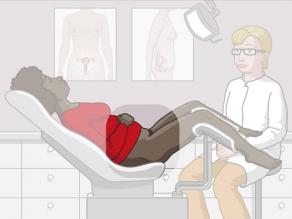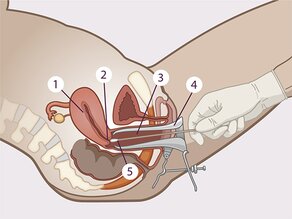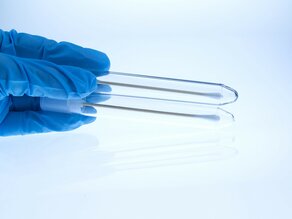Smear test
What is a smear test?
A smear test is a sample of the thick liquid (mucus) from a woman’s cervix. This smear test serves to discover diseases, such as cervical cancer, or sexually transmitted infections (STIs), such as HPV.
The family doctor or gynaecologist performs the smear test. The doctor first opens the vagina a little with a metal instrument. This is called a speculum. The doctor moves the speculum in the vagina and opens it a little. The walls of the vagina are now slightly apart. The cervix can be seen more easily now. The doctor then inserts a small brush (swab) into the vagina as far as the cervix and takes some mucus.
A smear test takes around 10 minutes. It is not painful. You may lose a little blood.
The doctor sends the smear test to a lab for testing. You get the result in 2 weeks.
When should I have a smear test?
It is best to have a smear test from the age of 25 if you have already had sex (sexual intercourse). Have a smear test every 3 years.
Do not have a smear test during your menstrual period. Do not have a smear test if you are pregnant or are breast-feeding.
What does a smear test cost?
A doctor performs a smear test. You have to pay a personal contribution for the visit to the doctor (family doctor or gynaecologist). Some people have a right to increased reimbursement or urgent medical care. Below are the addresses where you can see a doctor for free.
The doctor sends the smear test to a lab for testing. You do not pay for the lab if you:
- are a member of a health insurance fund and
- you had your last smear test at least 3 years ago.





